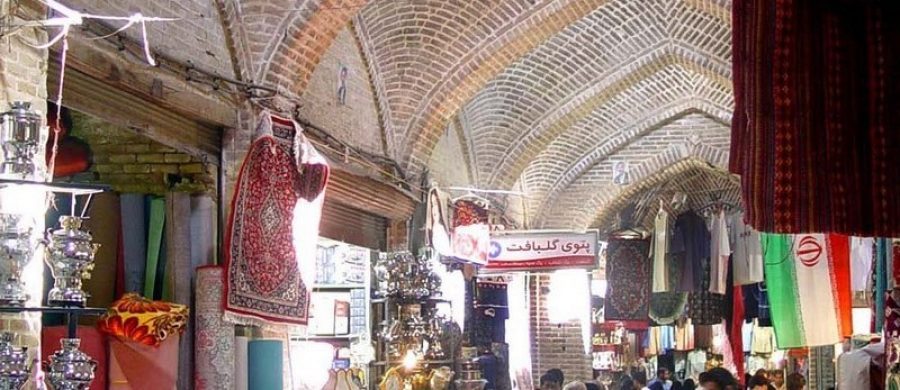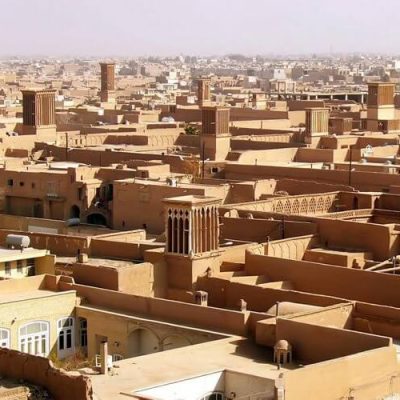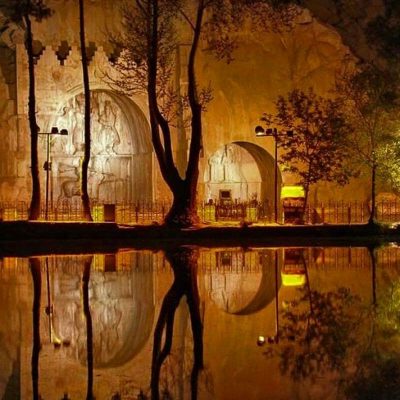It is a Middle Persian word referring to a market. The significance of bazaar in the Iranian culture is highlighted by its traditional roots in the Persian language borrowed all around the world.
In Iran, there are two types of bazaars:
Periodic bazaars and permanent bazaars
The former are often temporary. These bazaars are held once a week, month or year. This type of bazaar does not have any special architectural style or spaces with specific structures. They are often held to offer non-industrial and domestic products such as dairy products or artifacts fabricated by people. Despite the modern development, these bazaars have persisted to this day in Iran, where some cities offer traditional bazaars as major tourist attractions.
For instance, the annual bazaar of Ardehal in Mashhad is held every year during Ghalishuyan, a key ritual event held in the city for washing carpets.
Targeted visits to such traditional bazaars in tourist programs can provide an opportunity for direct dialogue with the public and local communities. These bazaars are not as formal and dull as permanent bazaars, since they build a more friendly relationship between store-keepers and customers. The main profession of store-keepers in periodic bazaars is not sales business. They are rather artists, ranchers or farmers who have come to offer their products to bazaar.
The second type involves permanent bazaars. It dates back to the Neolithic era when humans became sedentary in Iran.
In ancient and historical documents, Iran has been frequently mentioned together with its bazaars and the unique architectural style. For example, the documents refer to organized trade roads and bazaars developed along the way. During the Parthian era, Iran stood on the trade route between India/China and Mesopotamia/Byzantine, leading to Iranian progress in business and industrial transactions. The progress expanded separate independent bazaars each assigned to a specific product.
During the Sassanid era, bazaars emerged in the urban structure and development, finding their ordinary appearance these days. The technical term applied to these bazaars in urban development is spine. That is because a bazaar began at the city gate and stretched to the center, evoking a kind of spine throughout the general plan of the city.
This approach to bazaar development was adopted until the Islamic era, and has continued to some extent until today.
In the Islamic era, bazaars were regarded as the economic lifeline providing a space to display the legitimacy of the government right at the city gates, pointing to a route where the newcomers could arrive at city center, headquarters and the Imperial Palace. In fact, bazaar functioned as an arrow to any newcomer heading to the main attraction sight of the city. Along this road, a bazaar exhibited everything the city had to offer.
It is completely clear that in any society, the stability of any kingdom depends on economic stability, showcased to the public in the bazaar.
Many Iranian tourist attraction cities such as Isfahan, Qazvin, Shiraz and Kerman house such bazaars. For example, the bazaar in Naqsh-e Jahan Square began from the Safavid gates and passed by majestic mosques, depicting the religious power in the royal palace (Ali Qapu).
Since all institutions such as schools, tekyehs, Hussainiyas, etc. require an economic basis for survival, they often housed traditional bazaars. For example, Tabriz Great Bazaar has been listed by UNESCO owing to its curious features, entailing 10 mosques and nineteen religious schools.
This has been dubbed as the world’s longest indoor bazaar and the most complete social organization among Iranian bazaars.









Post Discussion